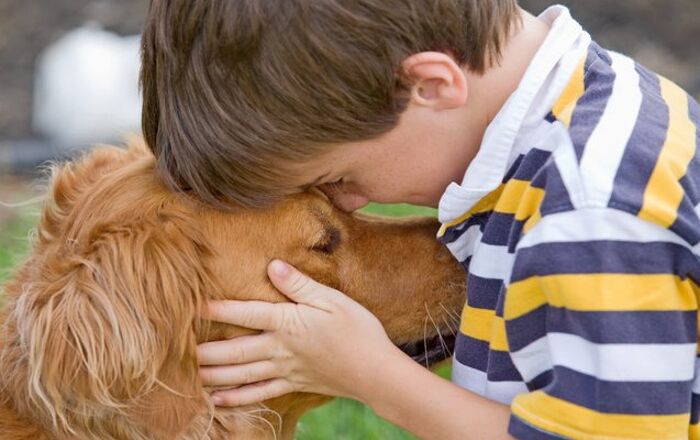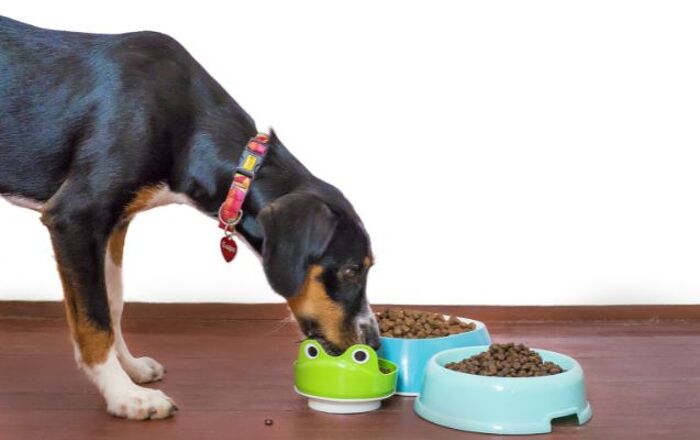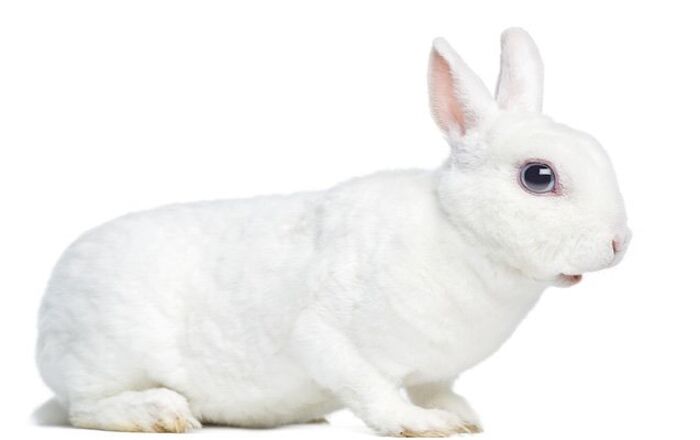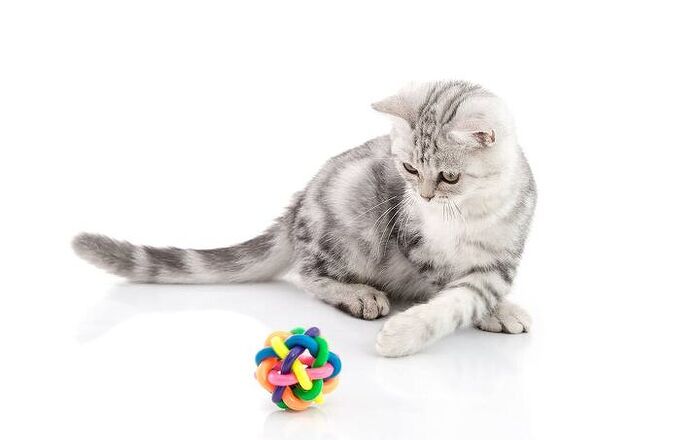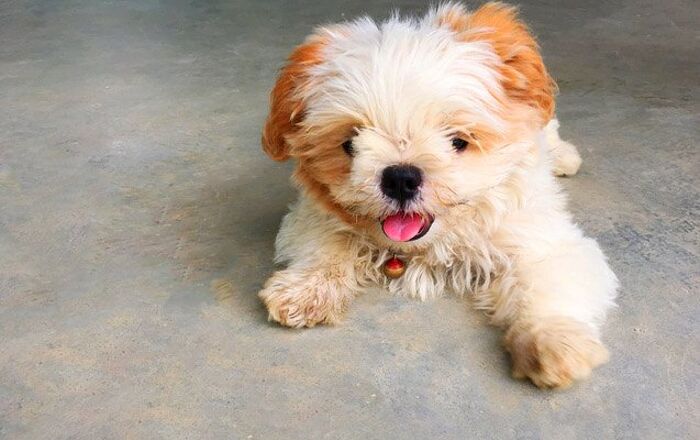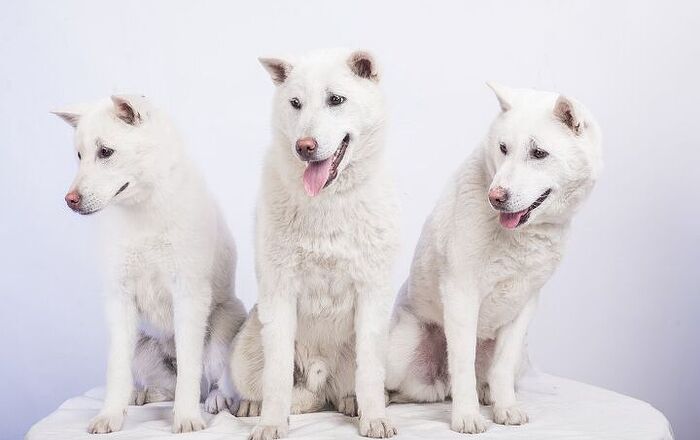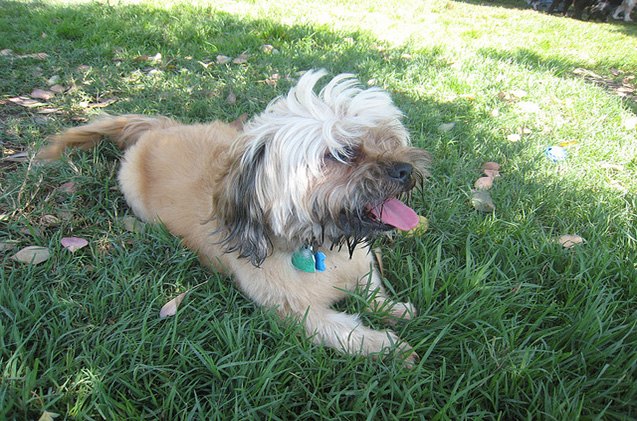
Kyi-Leo Basics
The Kyi-Leo is a cross between a Lhasa Apso and a Maltese. The breed was created by accident, but since has become a popular designer breed. These dogs have a sweet temperament – making them great family dogs, and they don’t require a ton of exercise. Their silky coat is beautiful and requires regular grooming.
Their playful nature makes them great additions to any family looking for a small dog. They used to be difficult to find, but are rapidly increasing in popularity.
The Kyi-Leo is a cross between a Lhasa Apso and a Maltese.
Origin
Pedigree

Kyi-Leos are recognized as their own breed, but were formed by crossing a Lhasa Apso with a Maltese. The breed began in the 50s and now has its own standard. Since it is recognized, just mixing the two breeds no longer qualifies a dog to be a Kyi-Leo, they must be bred from two Kyi-Leos.
The Kyi-Leo is a small, but stout dog with long, silky hair. They are typically black and white, but in rare cases they can fade to silver and white with age.
Don’t let their small size fool you – the breed is incredibly intelligent and training is a must.
Food/Diet
The Kyi-Leo belongs on a healthy diet, with little to no fillers. Fillers such as corn will cause them to gain unnecessary weight and put undue pressure on their joints and spine. They are prone to having back issues, so using a glucosamine supplement is recommended.
Training
It is important to begin training the Kyi-Leo at an early age. They are tiny as puppies, but it is essential to raise them on the right track. Because of their small size, it’s not uncommon for owners to coddle them, which can lead to issues in the future. Don’t let their small size fool you – the breed is incredibly intelligent and training is a must.
Weight
The Kyi-Leo weighs between 9 and 14 pounds.
Temperament/Behavior
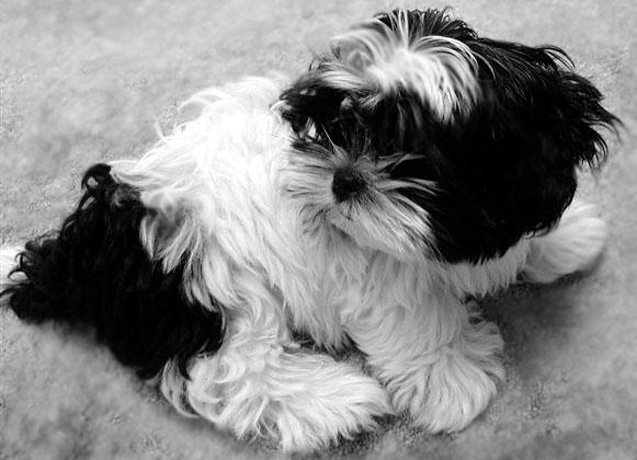
Kyi-Leos are gentle, sweet dogs. They bond well with just about everyone and are very easy-going. They are great for people who work because they don’t mind being left alone. They do well with seniors and children, and their small size makes them ideal companions for people who live in apartments.
The Kyi-Leo is a great dog for a first time dog owner, since their requirements are low, and they tend to be very loveable and rarely show any signs of aggression. However, as with all dogs, it is important they begin socializing at a young age, just to prevent any fear behaviors from cropping up as they age. They make great watch dogs because of their alert nature (although if someone was to enter the house, they’d probably ask for belly rubs).
Common Health Problems
The only health problem that seems to be evident in the Kyi-Leo is problems pertaining to the back and joints. Because of their compact size, they put a great deal of pressure on their back and legs. To prevent this, it’s wise to put them on a joint supplement at a young age. Also, keep an eye on them as they age when they are going up and down stairs, rough-housing with other dogs, and make sure to handle them with care.
Life Expectancy
The lifespan of the Kyi-Leo is 12 to 14 years.
Exercise Requirements
The Kyi-Leo doesn’t require vigorous exercising. One walk a day will keep them happy. It is important to play with them and keep them engaged, especially if they are to be left for long periods of time.
The Kyi-Leo is not for super-active families. They don’t want to hike or swim – they would rather snuggle and hang out with their owners.
Kyi-Leos are gentle, sweet dogs.
Recognized Clubs
Because the Kyi-Leo is a mix of Lhasa Apso and Maltese, this breed is not recognized by the American Kennel Club. It is recognized by the Dog Registry of America, Inc. (DRA), the Kyi-Leo Club (KLC), the Continental Kennel Club (CKC) and the American Rare Breed Association (ARBA).
Coat
The Kyi-Leo coat is long and silky. Many are black and white, but coats can also be silver and white or tan and white. The Kyi-Leo does require regular grooming to keep its coat silky and soft.
Puppies
Kyi-Leo puppies are little fluffballs of adorable. They have soft fur, and goofy, fun-loving personalities. It is important to not let their cuteness fool you – and to give them rules and guidelines from the beginning to avoid problems in the future.
Photo credit: Davmid055/ Wikimedia; Regina Marie/Flickr; Girldogsgonewild/Bigstock




